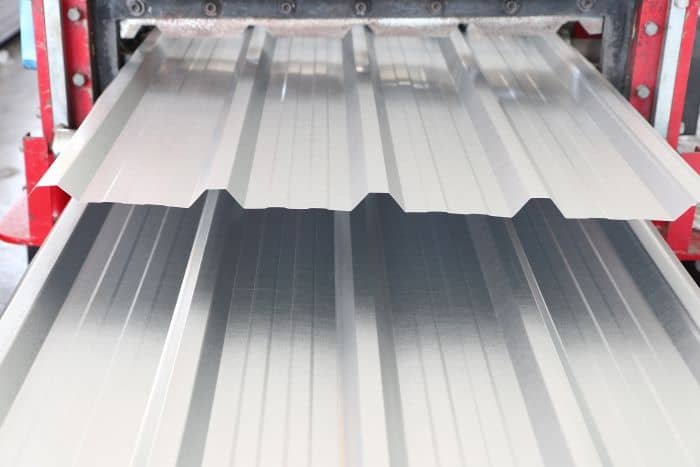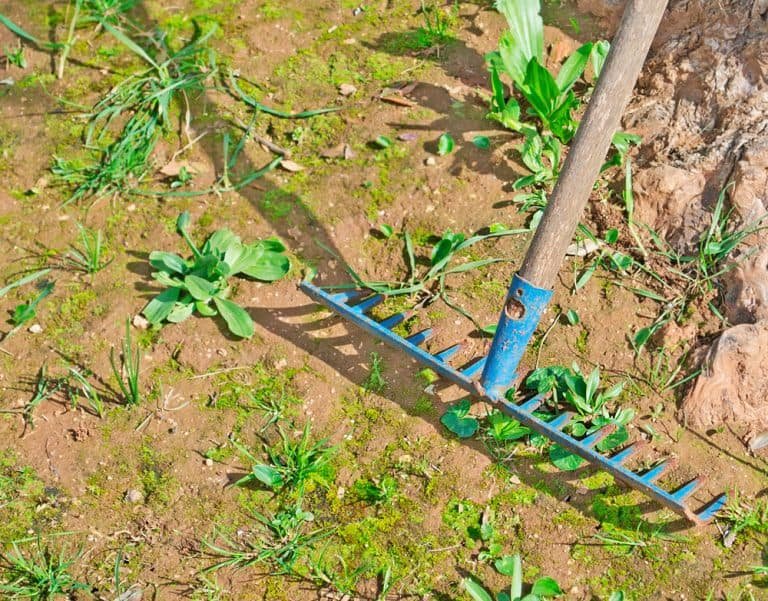Types of Digging Tools To Use In Your Backyard

As winter starts to fade away and plants start to wake up, it’s a great time to start digging in your backyard. After the last frost of the year is a perfect time to add new plants to your backyard. Depending on the hole size you need to dig, we’ve listed all the different digging tools you may need in your tool arsenal.
Table of Contents
Cultivator
Also known as a hand fork, a cultivator looks like a giant eating utensil with three broad tines. This indispensable gardening tool is used to agitate and break up surface soil.
Because it is multi-pronged, a cultivator can be very efficient at digging up earth down to a depth of 6-12 inches, making it ideal for tasks like:
- Pulling out weeds
- Planting seedlings
- Working fertilizer and plant food into the soil
Now, let’s take a look at the next type of digging tool.
Garden Fork
A garden fork is a long-handled version of the hand fork but with elongated tines that are pointier (there are also usually four prongs on a garden fork instead of the three that are typically found on a hand fork).
This tool is great for:
- Agitating the soil to work in fertilizer and compost
- Harvesting root crops from the soil
- Deep soil penetration without striking rocks
Not to be confused with a pitchfork, which has longer, narrower prongs for grabbing and moving loose items like hay and leaves, a garden fork is an essential gardening implement to have in your tool shed.
Hand Trowel
A hand trowel goes hand in hand with a cultivator, and together, these must-have gardening tools make a very productive duo.
Shaped like a narrow shovel, a hand trowel is very effective for point-of-attack gardening tasks such as:
- Digging holes for planting seeds or seedlings
- Gauging the depth of holes for accuracy (when seeds must be planted at a specific depth) and uniformity (when planting a row of seeds)
- Digging down into the earth to uproot weeds and other unwanted growths
Because they can be subjected to a lot of abuse, a hand trowel and its partner in crime, the cultivator, should be robustly constructed to provide dutiful service season after season. In particular, the working end of the tool should be made from a durable metal like stainless steel, and the handle should fit comfortably in your hand.
Shovel and Spade
A shovel or spade is certain to get the job done for backyard jobs requiring greater movement and agitation of earth or widespread removal of unwanted growth. These long-handled tools are ideal for digging deep into the ground and moving large amounts of soil from one spot to another. To the untrained eye, a shovel and a spade look very similar and are often confused with one another.
A shovel typically has a broad blade that narrows towards the tip and is designed to:
- Disrupt soil structure in the ground
- Scoop up large amounts of earth
- Deposit it elsewhere
When preparing a new bed or tilling an area, a shovel is a perfect tool for the job.
A spade looks like a shovel but its blade is rectangular with straight edges along the sides and at the working end. This unique feature enables spades to cut into the soil and excavate holes with straight walls and edges. A common task for spades is edging areas and establishing boundaries for garden beds.
Hoe
Another long-handled gardening tool that is indispensable for serious gardeners is a hoe. There are different types of hoes distinguished by the shape and orientation of the blade or paddle at the end of the handle.
Here are a few notable examples:
- The common hoe (also known as a paddle or draw hoe) has a small rectangular blade that is set in a position that is perpendicular to the handle. With this unique orientation, this tool can rip weeds from the ground, roots, and all. It can also be used to manipulate soil into mounds or troughs.
- An onion hoe has a very narrow paddle (typically an inch wide) and is used primarily to dig up weeds and unwanted growth in tight quarters.
- A stirrup hoe has a stirrup-shaped attachment at its end instead of a paddle or blade. This tool is effective for uprooting well-established weeds without disrupting soil structure.
With the greater leverage provided by its long handle and offset paddle, a hoe can be a gardener’s best friend, especially for those long gardening sessions.
Another way I use a hoe is mixing concrete for backyard fence and deck poles. The hoe combined with a wheelbarrow or mixing tub is perfect to get your concrete the perfect consistency for post holes.
Pickaxe
A pickaxe is a versatile, multi-tasking gardening tool that is designed to perform a variety of functions. A typical pickaxe has a double-sided head at the end of a medium-length handle. One end is pointed like a pick while the other is long and flat with a straight edge at the tip.
The pointed end of a pickaxe is used to penetrate the surface of hard, compacted earth and break it up in the same way that a pick can smash through large chunks of ice. The flat end of a pickaxe is ideal for penetrating the ground and loosening up the soil and dislodging buried rocks.
Post Hole Diggers
As the name applies, a post hole digger is best used to dig post holes for fences, pergolas, decks and any other structure needing posts to be buried in the ground.
While a shovel or spade is good at digging wider holes, a post hole digger keeps your post holes narrow for a more secure footing. The more you disturb the dirt closer to the top of the ground, the more possibility for the post to lean over time.
While there are gas powered versions of post hole diggers, the average homeowner doesn’t need that much power unless you have lots of acreage or you live in an area that is difficult to dig.
Conclusion
No matter if you’re digging a hole for summer impatiens or building a fence with post holes, we’ve covered every tool you need to dig in your backyard. When buying the larger digging tools, always go with fiberglass handles.
I’ve broken way too many wood shovel handles over my years trying to dig up roots. The fiberglass will cost more but it can handle a lot more stress.





